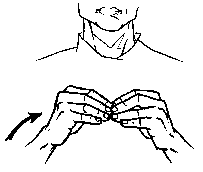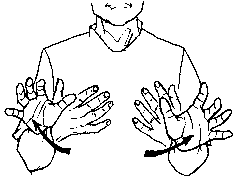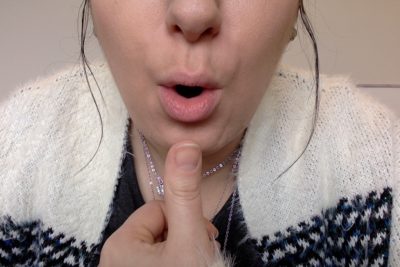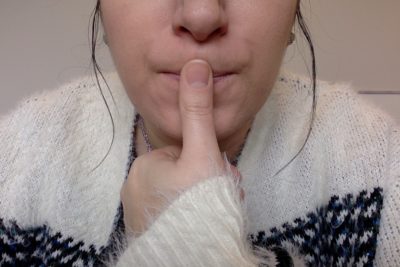By: Jorden Beckman, MS CCC-SLP
There may be a variety of reasons why your child is not yet talking, but one reason may be that you already anticipate their wants and needs before they have to communicate with you. It is important to let your child take the lead to promote communication with you and to help develop those words – remember to “OWL” (Observe what he/she is interested in – Wait to see what he/she will do – Listen to what he/she is trying to tell you). Waiting is so HARD, try counting to 10 in your head to help you.
If your child is thirsty she may want some milk and walk to the fridge and stand there. Instead of getting it out for her, WAIT and LISTEN for her to communicate. She may look at you, point to the fridge, take you to the fridge, or vocalize (i.e., grunt, babble). You can then model appropriate vocabulary “milk, you want milk, milk” and get the milk for her.
You may be playing blocks with your child, but she does not seem interested anymore. Ask her “What do you want to play?” OBSERVE her actions (she may go get a different toy or she may just look at you). If nothing happens, you can choose another activity or two and present them to her (bubbles, cars, etc.) WAIT and LISTEN (she may reach for her preferred activity and vocalize “da” or babble “bababa”). Then you can model the name of the activity she chose and repeat repeat repeat (“bubbles, you want bubbles, bubbles, blow bubbles, etc.”).
Other ideas to get your child communicating – we call these “communication temptations”:
After you OWL using one of these strategies – it is important to provide a model of what you expect from your child. Often times, if they are not using words, we teach sign language to show there is a cause and effect in communication (i.e., when you sign – you get what you want)




Lifeprint.com
References:
Manolson, H. A., & Hanen Centre. (1992). It takes two to talk. Toronto: Hanen Centre/
Sussman, Fern (1992). More than words. Toronto: Hanen Centre.
